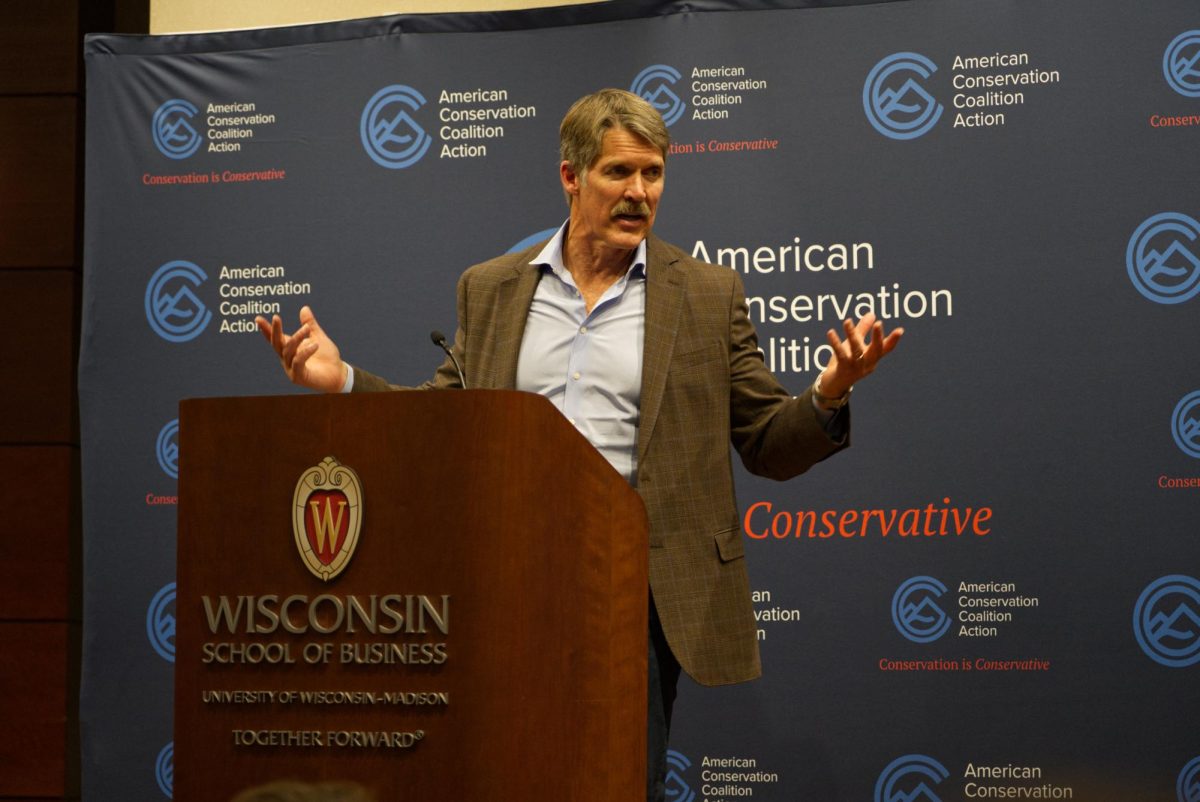An internal Department of Natural Resources report obtained by the watchdog site Mediatrackers.org outlines the environment harm that could occur at iron mining sites in northern Wisconsin.
The report, released on Jan. 10, detailed the environmental impacts associated with the open-pit iron mining operation in the Penokee Range of Ashland and Iron Counties, proposed by the company Gogebic Taconite.
“As proposed, the mine could be the largest open-pit taconite mine on the planet,” Sierra Club-Wisconsin John Muir Chapter spokesperson Dave Blouin said. “Just the scale of the first phase alone is absolutely enormous, and what’s important is that this is fairly low-grade ore and that means a lot of waste material left behind.”
Although some news outlets are citing the report as evidence of the environmental risks of the Gogebic Taconite project, DNR spokesman Jack Sullivan said the report was intended to familiarize DNR employees with issues that had arisen at other taconite mine sites.
Sullivan said the environmental concerns that were present at other mines could be present at this site as well, but the proposal needs to be more completely evaluated to know for sure.
“The report could facilitate a good review of the mining project,” he said.
According to the Associated Press, Gogebic Taconite spokesman Bob Seitz said the DNR report was created without enough analysis of samples at the site itself.
“It just gives a laundry list of the kind of stuff you hear from protesters,” Seitz said in a statement. “There are some good people over there, but this demonstrates that there are some people who also have a bias against mining.”
Blouin said Florida-based Gogebic Taconite was complicit in changing Wisconsin environmental laws related iron mining in 2013.
Blouin said these changes will make it easier for the company to destroy wetlands, first by building the mine and then by covering them with the waste the operation will produce. Additionally, the deadline for the state to give the company a mining permit was shortened to 420 days.
“Not only is the proposal for an immense pit, but the waste rock left behind is estimated at over 900 million tons of waste,” Blouin said.
The project will remove 4,000 tons of rock from four or five sites in the Penokee Range, according to another DNR report. The first stage alone will be four-and-a-half miles long by one-and-a-half miles wide, a report from the Great Lakes Indian Fish and Wildlife Commission found.
The removal and disposal of the waste generated by the project poses serious environmental risks, Blouin said. The iron deposit in the Penokee Range contains sulfides, a group of minerals that produces acid when exposed to air and water.
“The acid itself can be an issue but what the acid also does is that it reacts with the rock to produce acid drainage,” Blouin said. “It leeches heavy metals from the wastes (like mercury, lead, copper and arsenic), all of which are toxics in fresh water.”
Blouin said other environmental concerns include air pollution, releasing mercury and greenhouse gases and production of acid rain.













